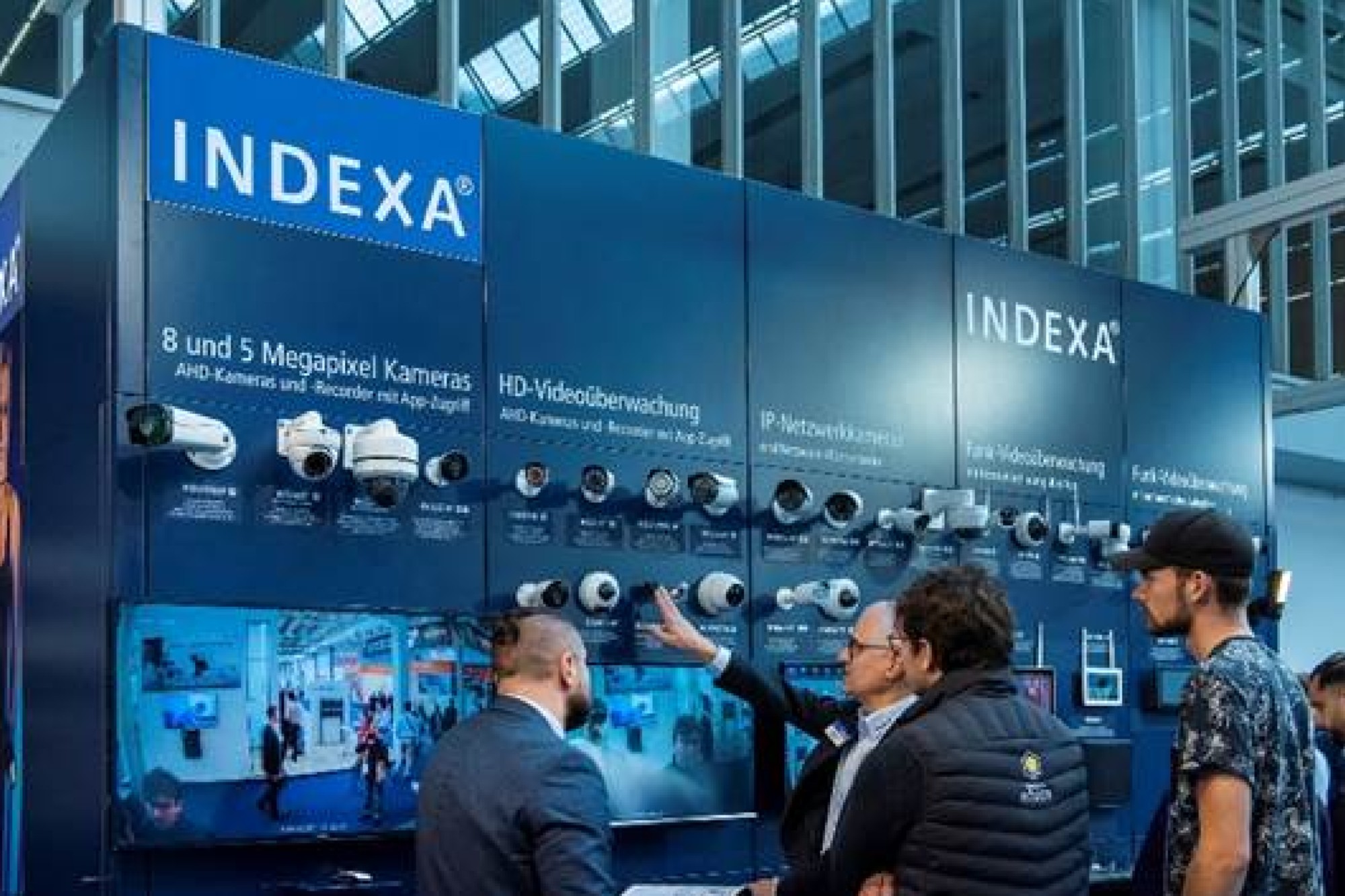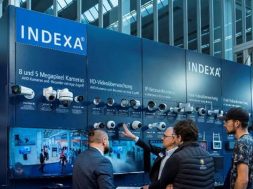AI-powered video technology enhances modern building security

The integration of AI and digitalisation has transformed video technology, expanding its applications beyond surveillance to include smart building management, marketing, and proactive security. Emerging innovations provide intelligent, multi-sensory solutions to improve safety and operational efficiency.
Video cameras were traditionally used primarily for surveillance. The range of potential applications has, however, significantly increased with the advent of digitalisation, new technical standards, and artificial intelligence (AI). Cameras now serve far more than just security purposes, and they are evolving into valuable sensor platforms in modern building infrastructures.
Cameras continue to be essential for improving security, but they are also being utilised more and more in marketing, parking management, workforce planning, and building system control. Current technological trends, which were initially developed for security-related applications, are now enabling new use cases.
A prime example is the ongoing improvement in resolution: 4K and even 8K cameras enable highly detailed capture of people, objects, and situations, which benefits both security and a wide range of other applications. Intelligent video analytics, AI integration, cloud-based storage solutions, IoT integration, and mobile surveillance technologies are among the most significant advancements. Modern systems no longer passively record video data but actively analyse it in real time, either directly on the device (“on the edge”) or through central servers.
This allows alarms or processes to be triggered automatically. Artificial intelligence aids in the recognition of patterns, faces, and number plates, as well as the automatic reporting of suspicious activity. Instead of relying on local storage media, cloud-based solutions are becoming more popular due to their flexibility and scalability. Cameras are also becoming an essential component of smart building systems, such as smart homes, traffic management, and building-wide automation. The use of camera-equipped drones is also becoming more popular among security officials and private providers.
Data protection and public acceptance
As camera technology becomes more widely used, ethical and legal concerns emerge. The European GDPR, stricter regulations for facial recognition, and the requirement to label monitored areas all contribute to increased transparency and public trust. At the same time, clear legal frameworks are required to ensure the responsible application of these technologies.
Cameras as connected sensors
The term “visual intelligence” is increasingly replacing the traditional concept of video surveillance. Today’s cameras are multisensory systems that can detect audio, temperature, and even chemical signals. AI-based analytics help optimise operational processes while also enhancing security. Close collaboration between manufacturers, integrators, and security experts is resulting in solutions that add tangible value, ranging from automation to increased efficiency.
New perspectives for building security
AI-based video analytics now allow for proactive security strategies. Cameras can detect behavioural anomalies, movement patterns, or unauthorised access and respond automatically. These systems, particularly in high-security areas like airports, can adapt quickly to emerging threats and provide targeted assistance to security personnel.
Early fire Detection via video
One of the most significant advances in fire protection is AI-powered, video-based fire detection. Systems like Bosch’s Aviotec 8000i IR detect smoke and flames in real time using deep learning algorithms. They work reliably even in adverse conditions such as darkness, humidity, or strong air circulation, often detecting hazards before conventional detectors.
Added value beyond security
Industries like retail and hospitality are also using intelligent cameras. They track visitor traffic, identify peak periods, and analyse customer behaviour. As a result, they not only contribute to security but also provide useful operational data for planning, marketing, and personnel management.
Building management through video data
Management software evaluates the captured data and makes it available to operators, allowing them to determine occupancy levels, demographic structures, and traffic flows. When HVAC systems are controlled based on room occupancy or lighting is adjusted in response to demand, the environment benefits as well. In this way, intelligent camera technology actively helps to improve building sustainability.
Video technology in the spotlight: Light + Building 2026 as an industry showcase
From March 8 to 13, 2026, Light + Building in Frankfurt am Main will showcase the full potential of modern video technology in building environments. The Intersec Building section will feature companies from the security and building technology sectors showcasing innovative solutions that combine security, efficiency, and intelligent networking.
The exhibits will range from traditional applications like fire protection, access control, and video surveillance to integrated system solutions for connected buildings. The protection of digital infrastructures and sensitive data is becoming increasingly important. In smart homes and buildings, integrated system technology from various trades serves as the foundation for incorporating all security-related components. With practical innovations and extensive knowledge, the Intersec Building section provides valuable insights into the future of modern building security.
Building. Technology. Solutions.
Industry Insights 24/7 – One platform, all trends. Discover new ideas from the world of smart building technology. Relevant. Neutral. Building, technology, and solutions can all be customised. Light + Building
Light + Building is the world’s premier trade fair for lighting and building services technology. The Light + Building event will take place from March 8 to 13, 2026.
For more details, visit: http://www.light-building.com
Cookie Consent
We use cookies to personalize your experience. By continuing to visit this website you agree to our Terms & Conditions, Privacy Policy and Cookie Policy.










